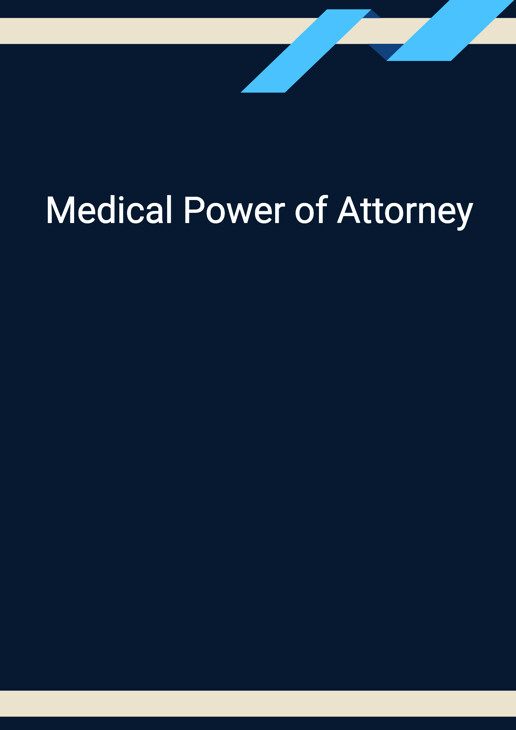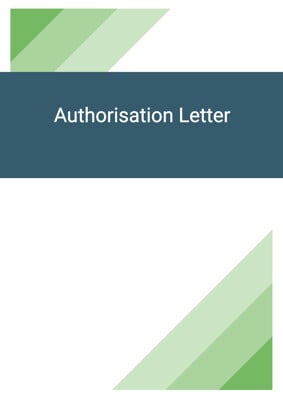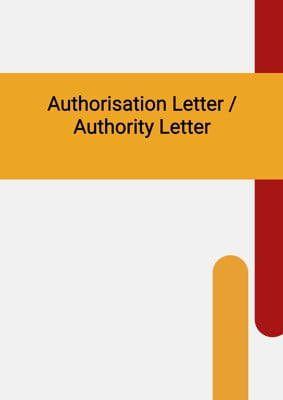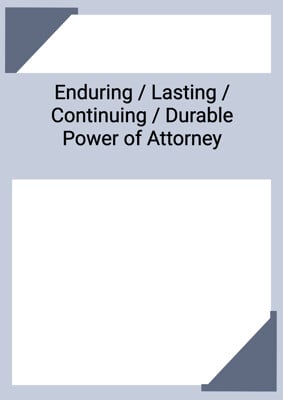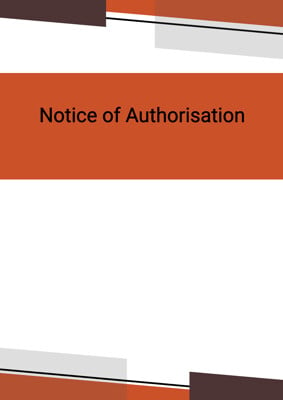How to Tailor the Document for Your Need?
01
Create Document
Fill in the details of the parties. You can click the "Fill with Member’s Information" button to complete it with information saved to your account.
02
Fill Information
Please fill in any additional information by following the step-by-step guide on the left hand side of the preview document and click the "Next" button.
03
Get Document
When you are done, click the "Get Document" button and you can download the document in Word or PDF format.
04
Review Document
The document should be signed by the authorised signatory (or directors of a company) and witnessed to complete the formality.
Document Preview
Document Description
The Medical Power of Attorney is a legal document that grants someone the authority to make medical decisions on behalf of the individual creating the document. This document is of utmost importance as it ensures that the individual's medical wishes are respected and followed, especially in situations where they are unable to make decisions for themselves.
The entire document consists of several sections that provide detailed information and instructions. The first section is the introduction, which includes the identification of the parties involved, such as the donor and the attorneys. It also includes the revocation of any previous power of attorney for medical/personal care.
The document then proceeds to specify the authority granted to the attorneys. It outlines the acts and decisions they are authorized to make on behalf of the donor, including medical, health, and care decisions. In cases where the initially appointed attorney is unable to fulfill their duties, a replacement attorney is designated.
The document may also include conditions and restrictions that apply to the power of attorney. These restrictions ensure that the attorneys act within certain boundaries and adhere to the donor's wishes. Additionally, there may be a requirement for the attorneys to notify specific individuals before applying for the registration of the power of attorney.
The document further clarifies the validity of the power of attorney based on the donor's mental capacity. It specifies whether the power is only valid when the donor lacks mental capacity or if it is valid upon execution and continues even if the donor becomes mentally incapable.
Furthermore, the document may include an indemnity clause, where the donor undertakes to indemnify the attorney and their agents against any actions, claims, costs, or liabilities arising from the exercise of the powers conferred by the power of attorney.
The document is governed by the laws of the jurisdiction state, ensuring that it complies with the legal requirements of the relevant jurisdiction.
The document concludes with spaces for the donor's signature, as well as the signatures of witnesses, registered medical practitioners, solicitors, and the attorneys themselves. These signatures validate the document and ensure its legal enforceability.
How to use this document?
To effectively use the Medical Power of Attorney document, follow these steps:
1. Provide the necessary information: Fill in the names and identification numbers of the parties involved, including the donor and the attorneys. Also, include their addresses to ensure accurate identification.
2. Revoke any previous power of attorney: Clearly state the revocation of any previous power of attorney for medical/personal care. This ensures that the new document takes precedence.
3. Appoint the attorneys: Specify the attorneys who will act on behalf of the donor. If there is a replacement attorney, clearly state their name and identification number. If multiple attorneys are appointed jointly, include their names and identification numbers as well.
4. Define the authority: Clearly describe the scope of authority granted to the attorneys. Specify the acts and decisions they are authorized to make regarding the donor's medical, health, and care decisions.
5. Include any conditions or restrictions: If there are any specific conditions or restrictions that apply to the power of attorney, clearly state them. This ensures that the attorneys act within the specified boundaries.
6. Notify relevant individuals: If required, the attorneys must notify specific individuals before applying for the registration of the power of attorney. This ensures that all parties are aware of the attorney's appointment.
7. Determine the validity of the power of attorney: Specify whether the power of attorney is only valid when the donor lacks mental capacity or if it is valid upon execution and continues even if the donor becomes mentally incapable.
8. Consider indemnity: If desired, include an indemnity clause where the donor undertakes to indemnify the attorney and their agents against any actions, claims, costs, or liabilities arising from the exercise of the powers conferred by the power of attorney.
9. Ensure legal compliance: Verify that the document complies with the laws of the jurisdiction state. This ensures its legal enforceability.
10. Obtain signatures: Have the donor sign the document, along with the required witnesses, registered medical practitioners (if necessary), solicitors (if necessary), and the attorneys themselves. These signatures validate the document and make it legally binding.
By following these steps, you can effectively create and utilize the Medical Power of Attorney document to ensure that your medical wishes are respected and followed, even when you are unable to make decisions for yourself.
Not the right document?
Don’t worry, we have thousands of documents for you to choose from:
